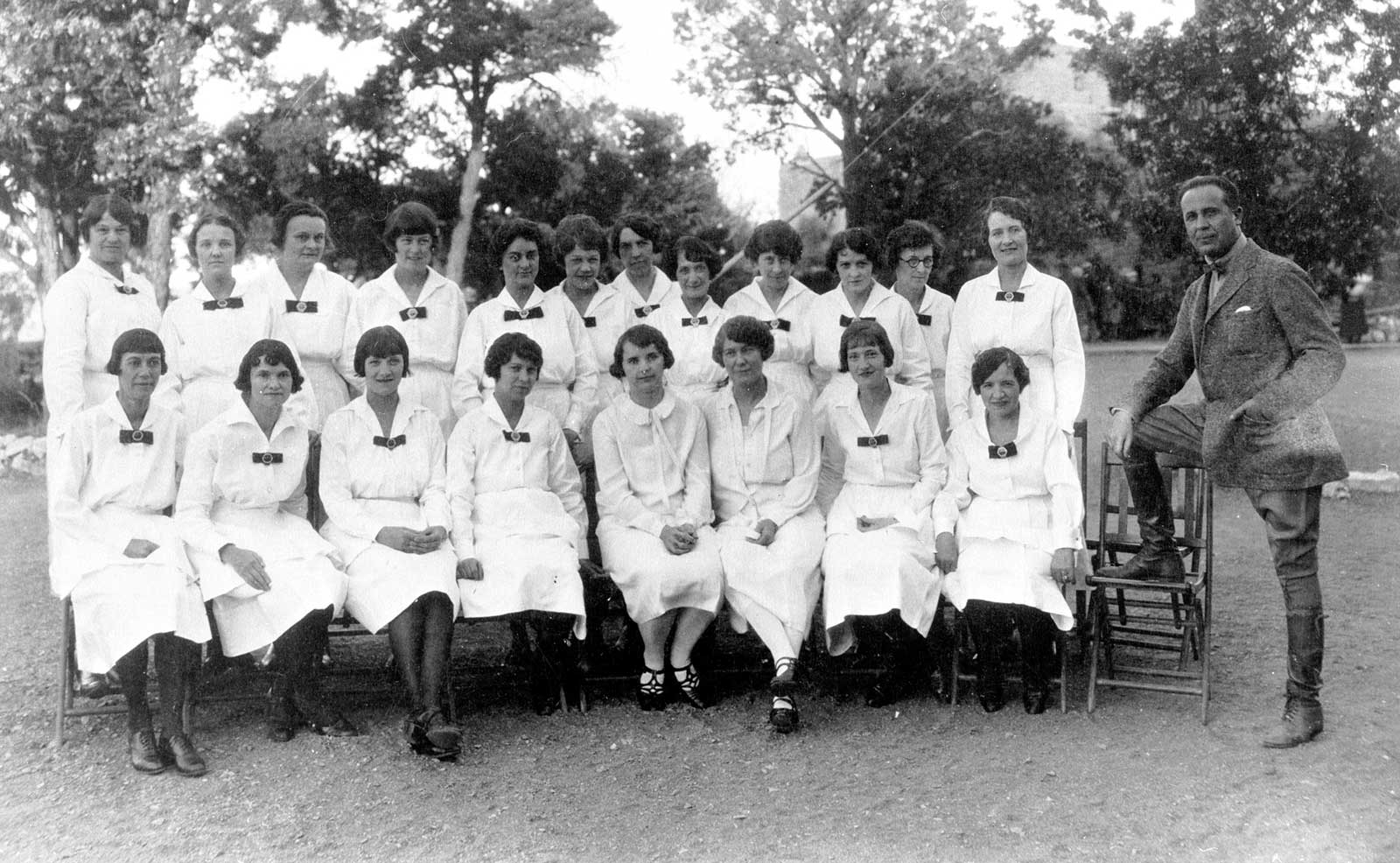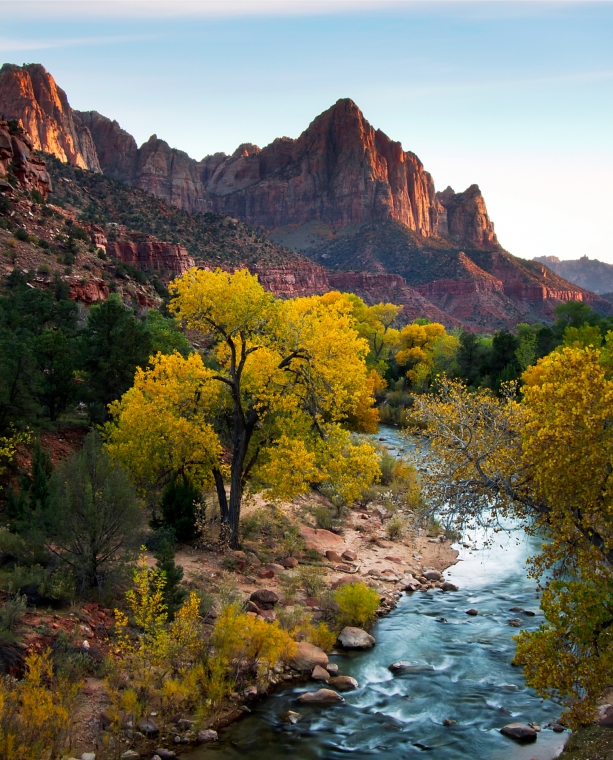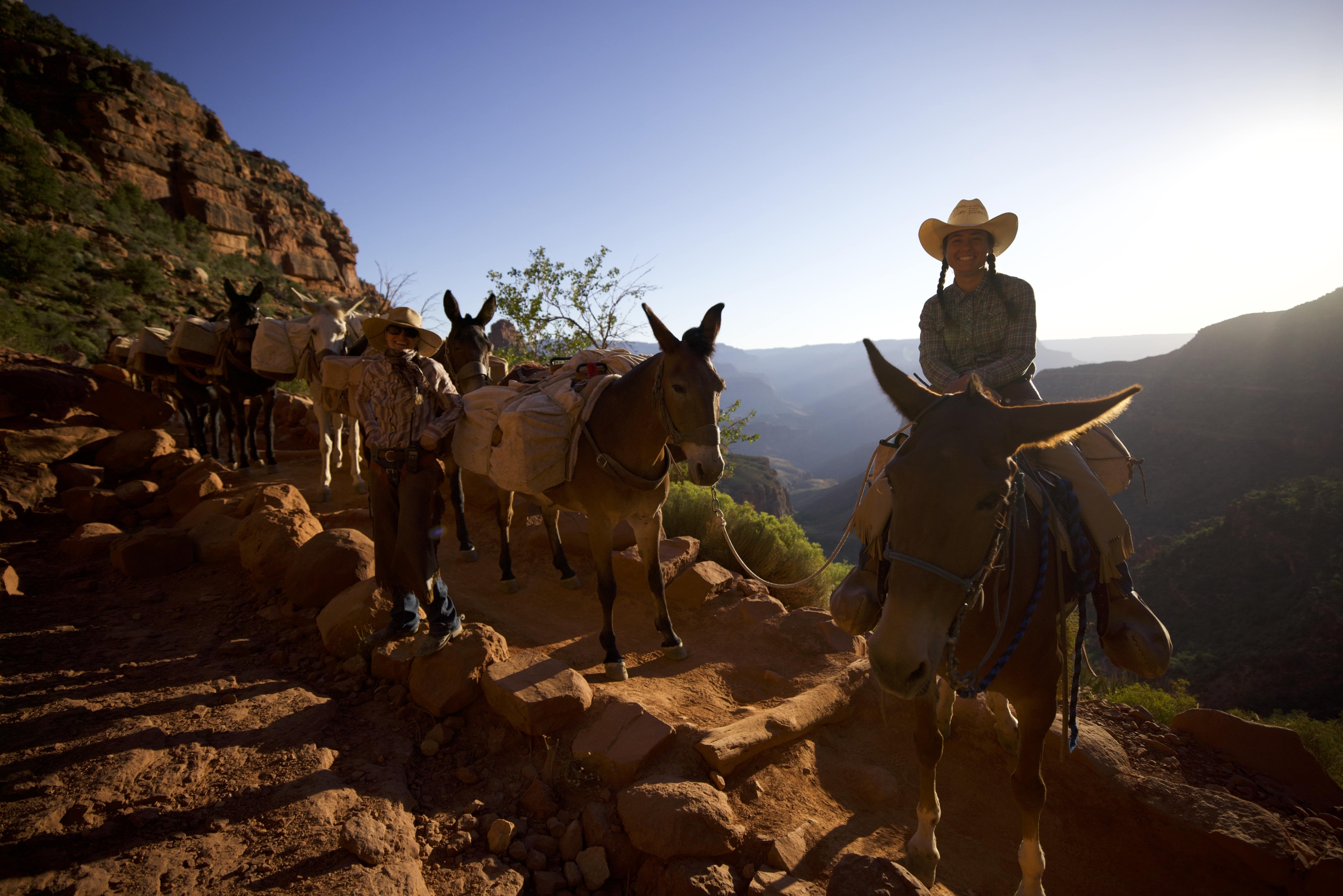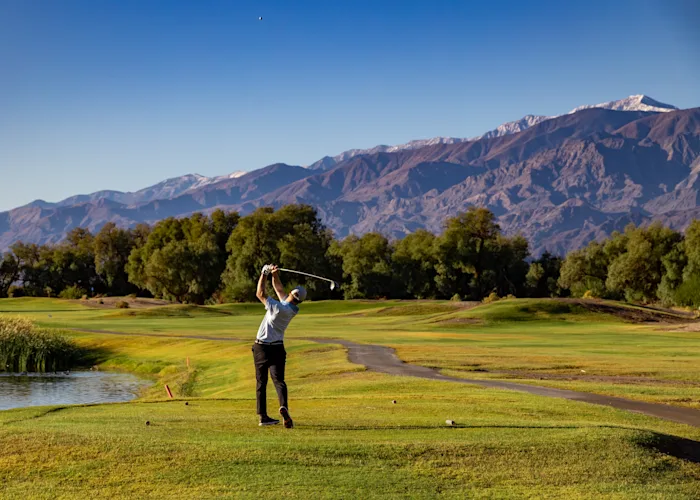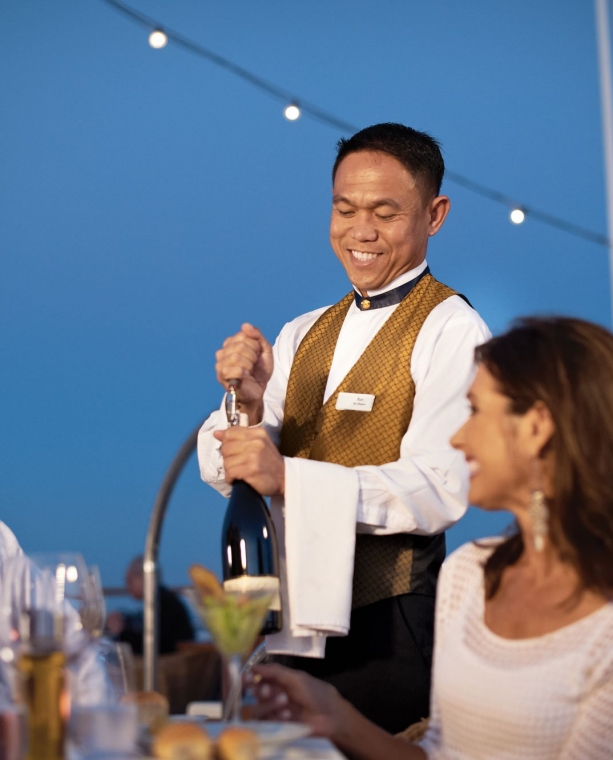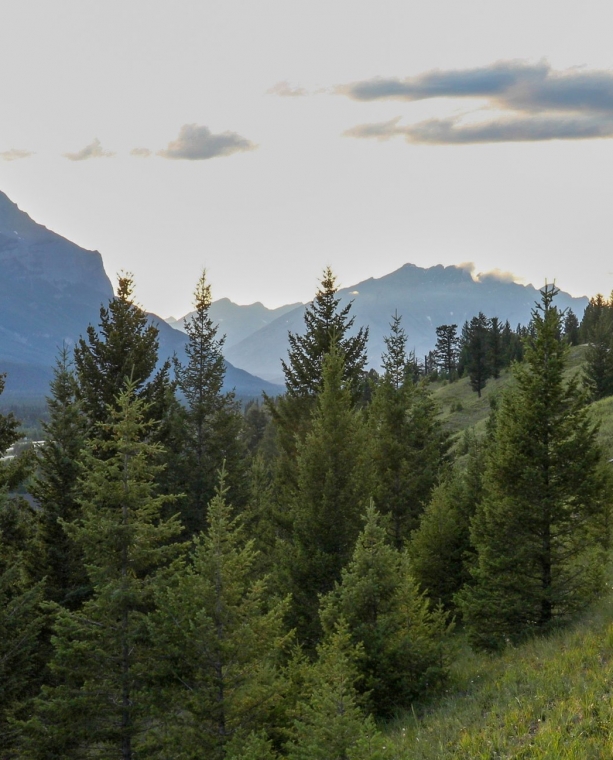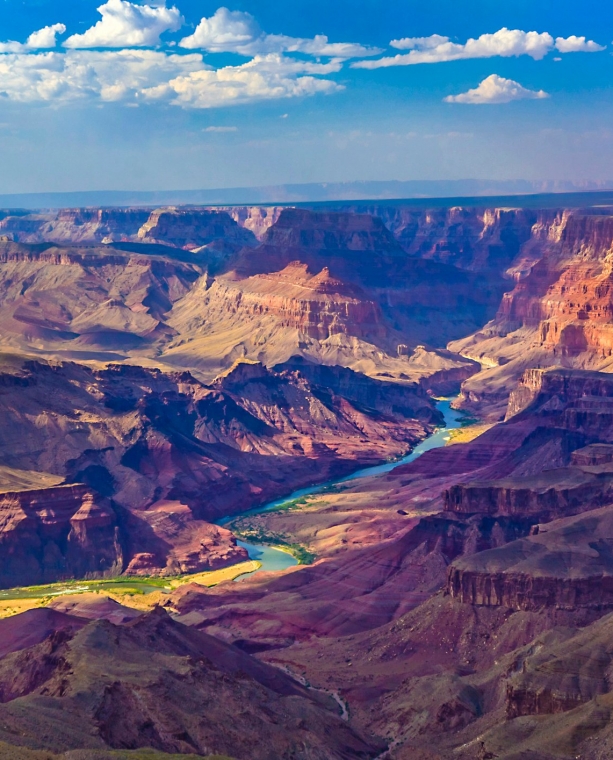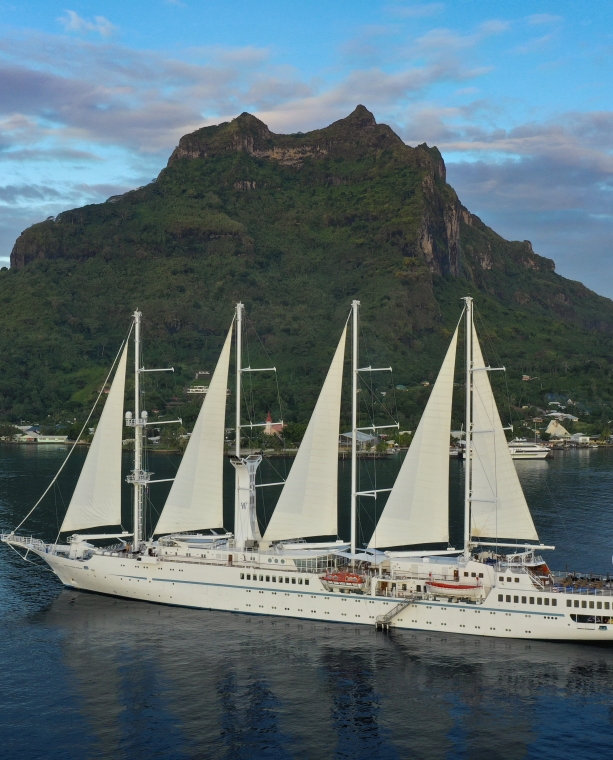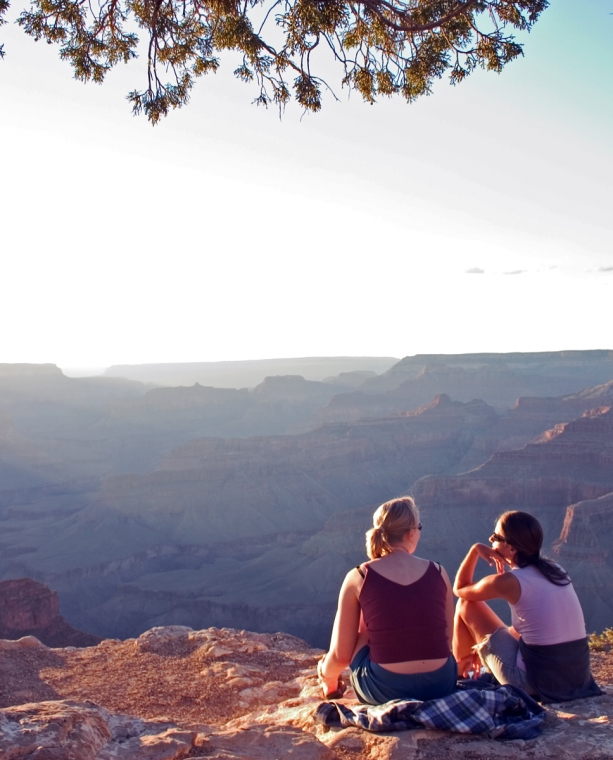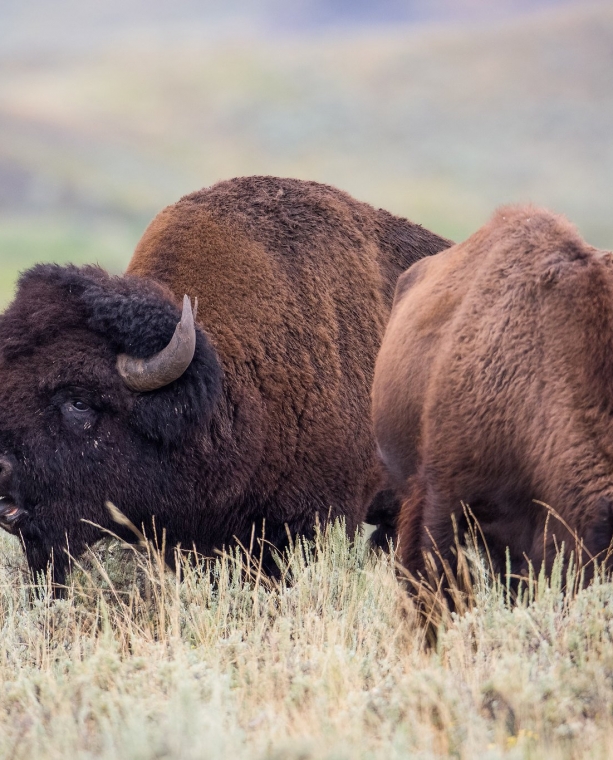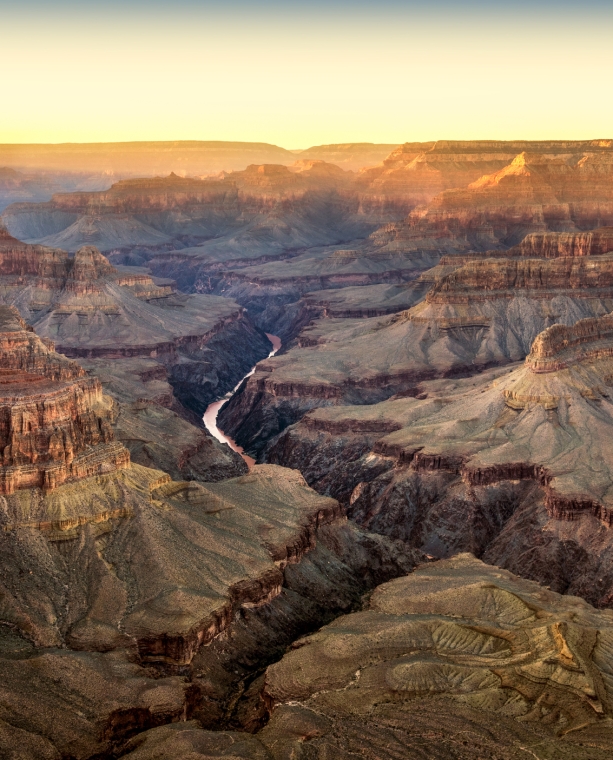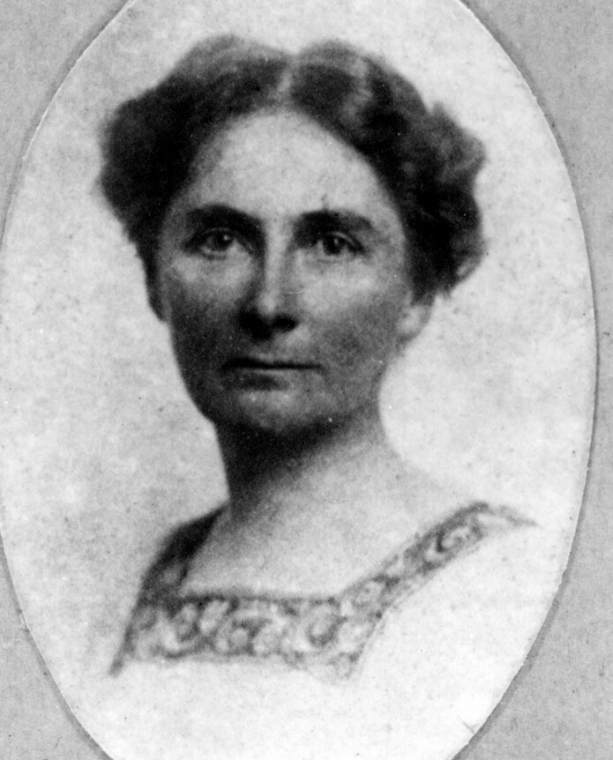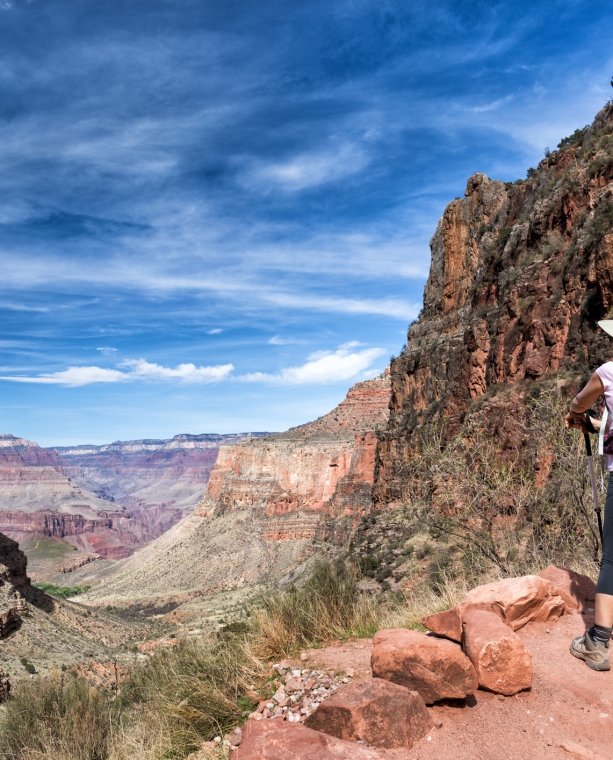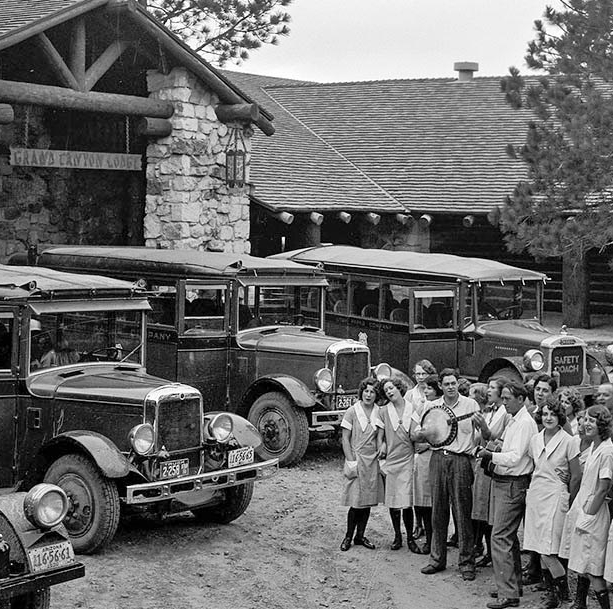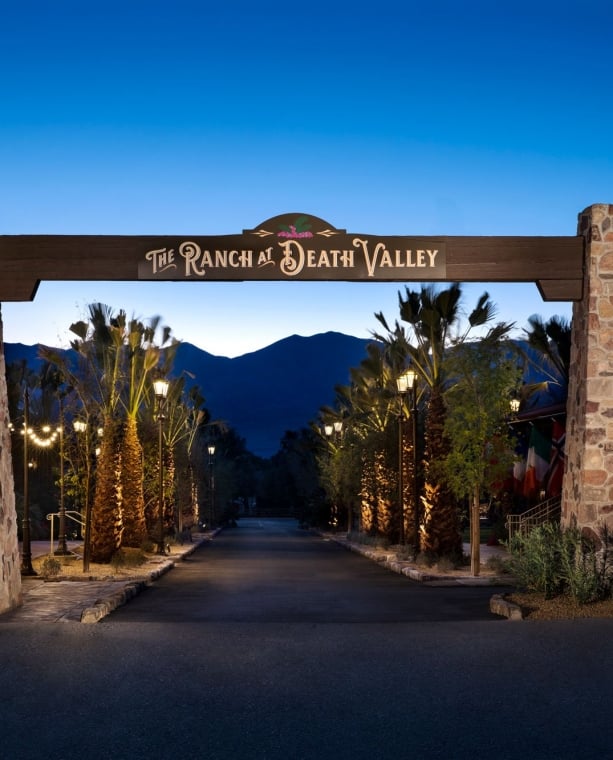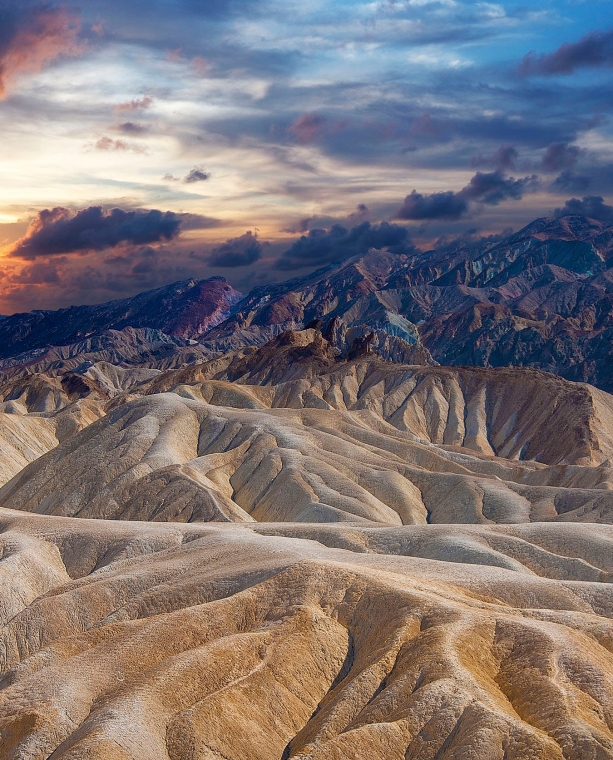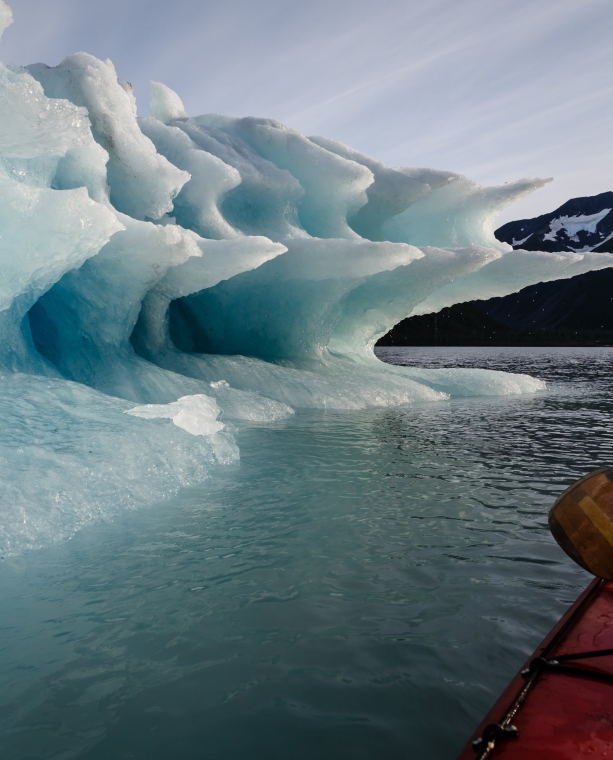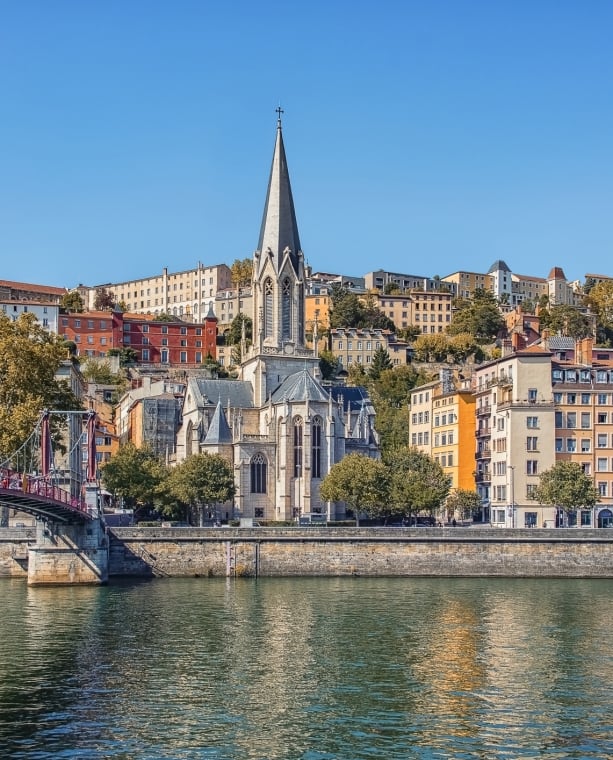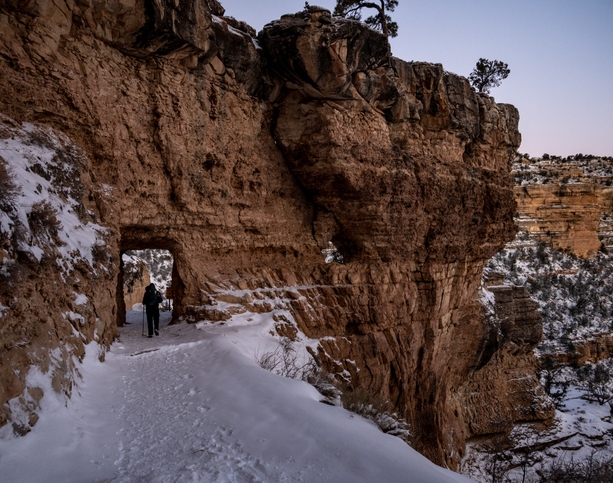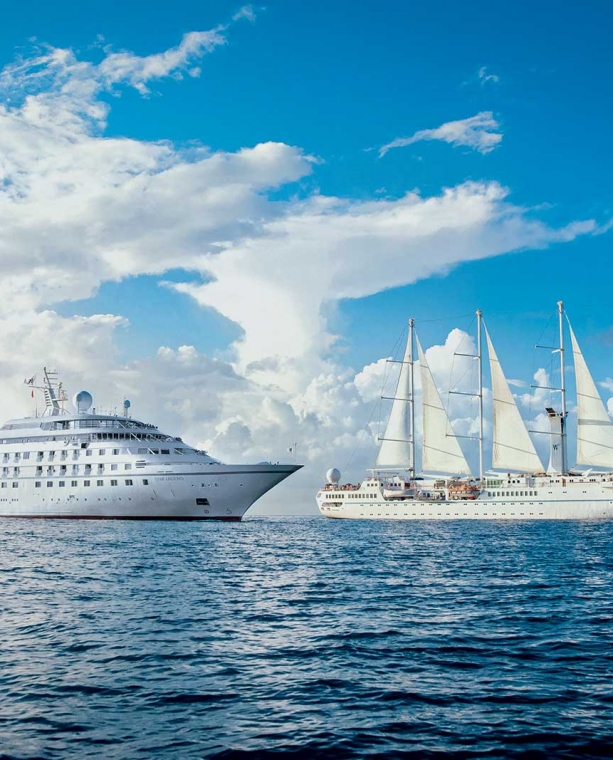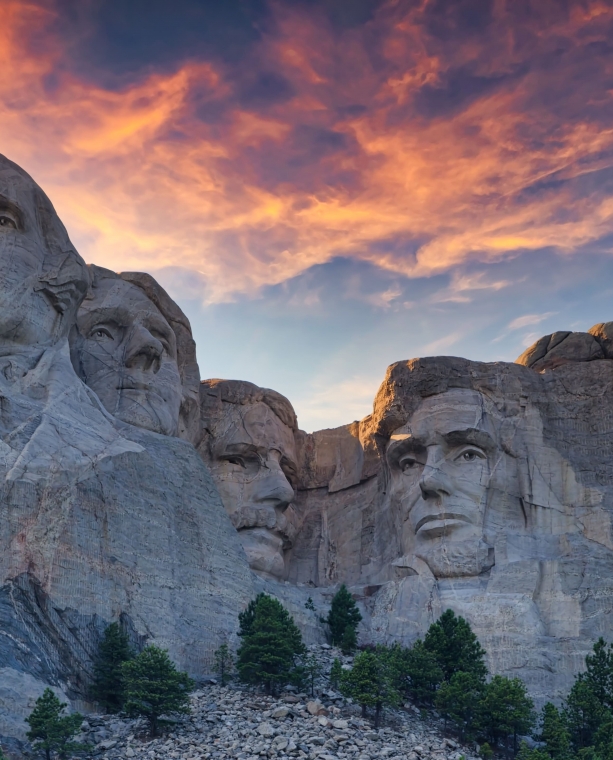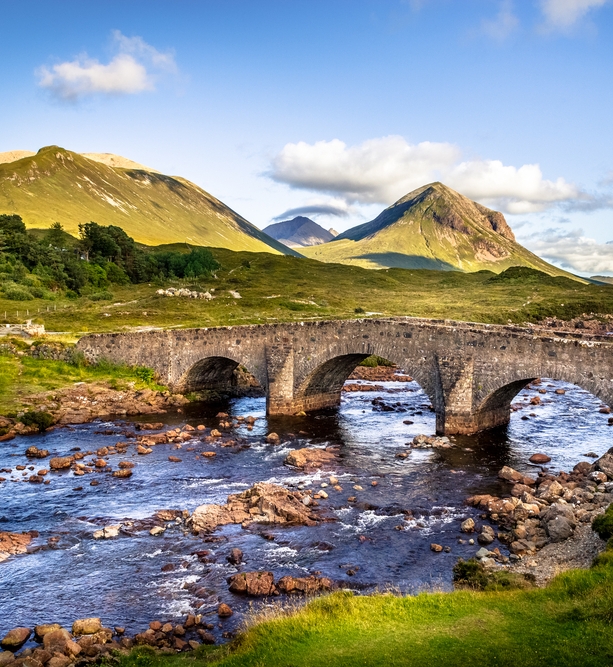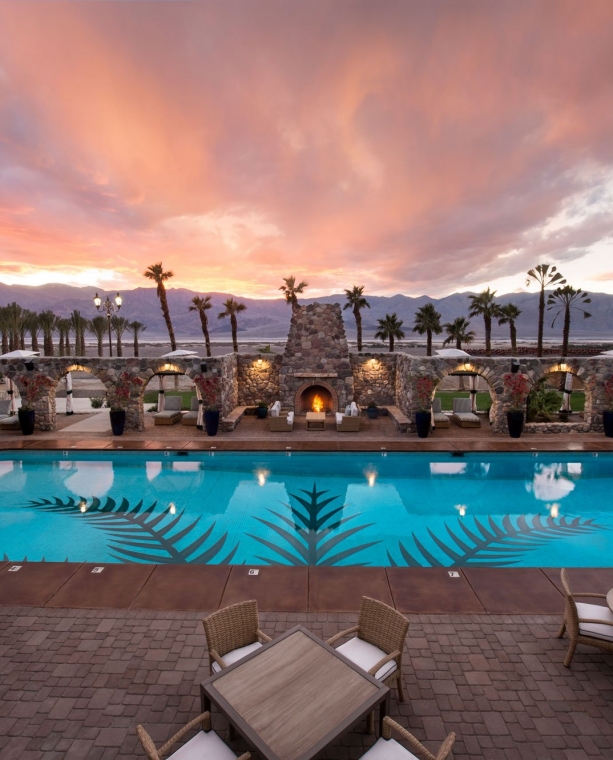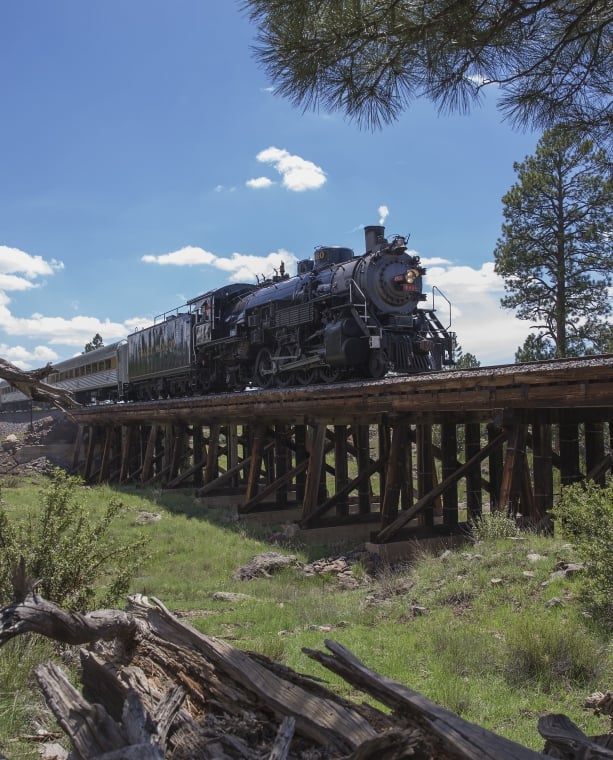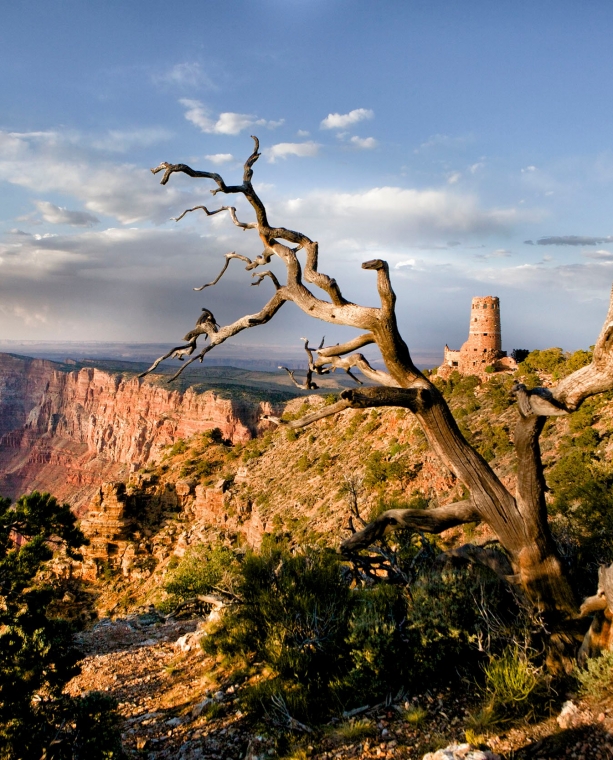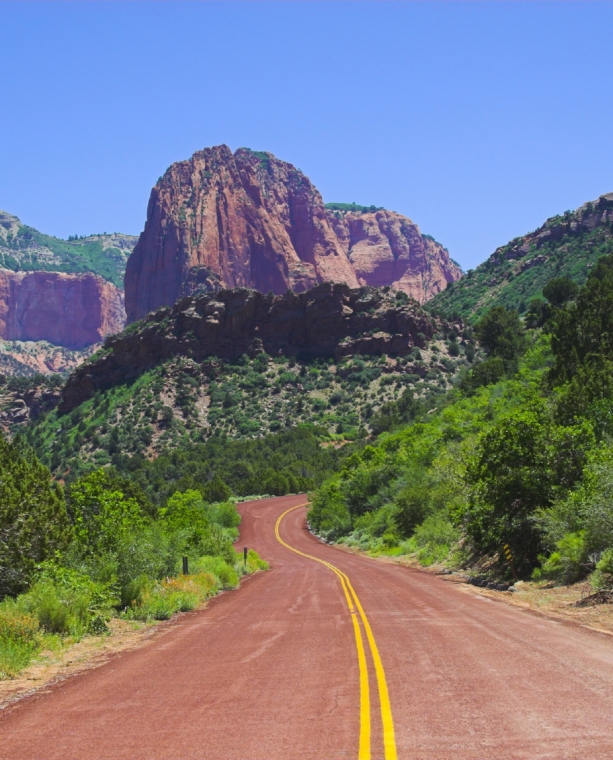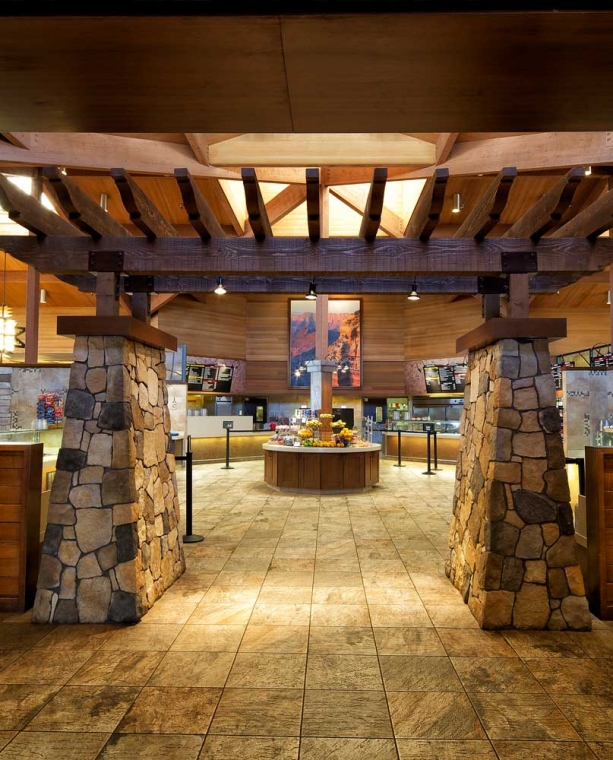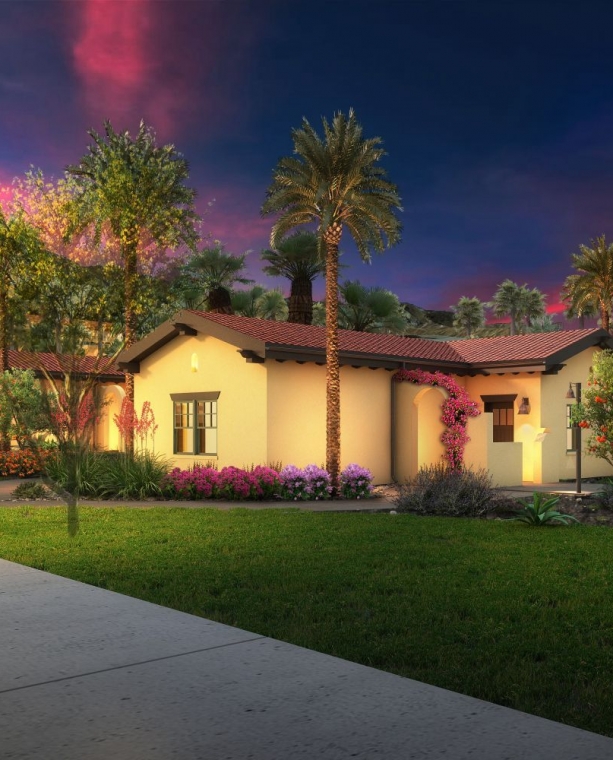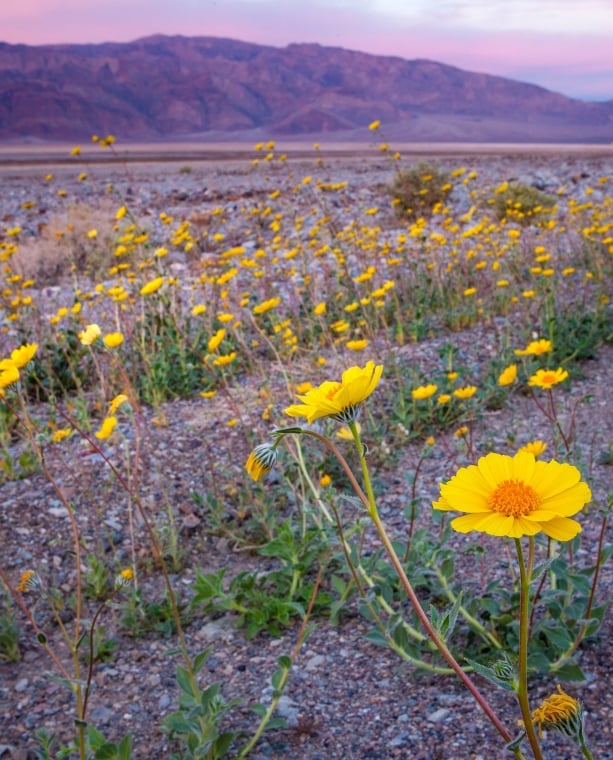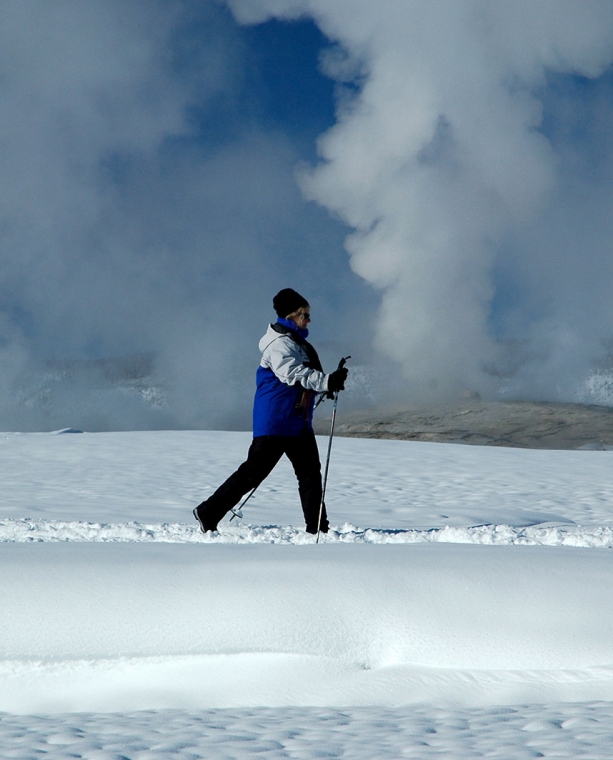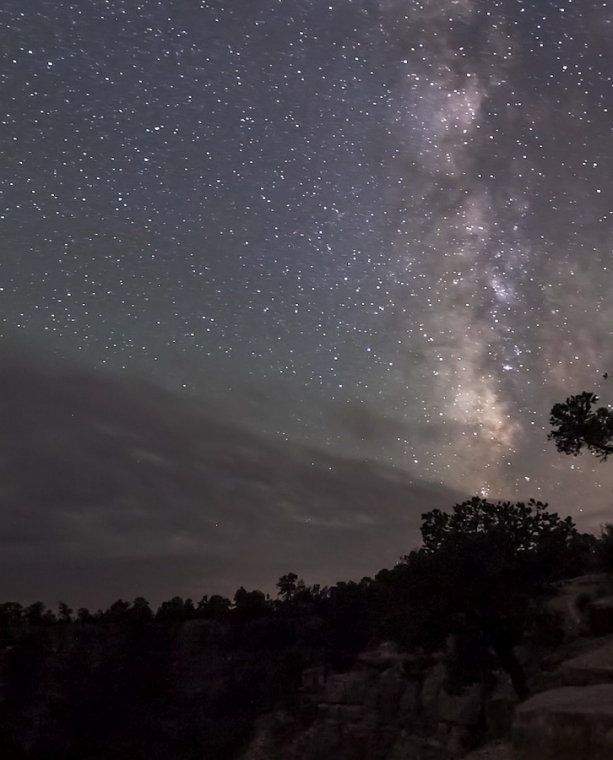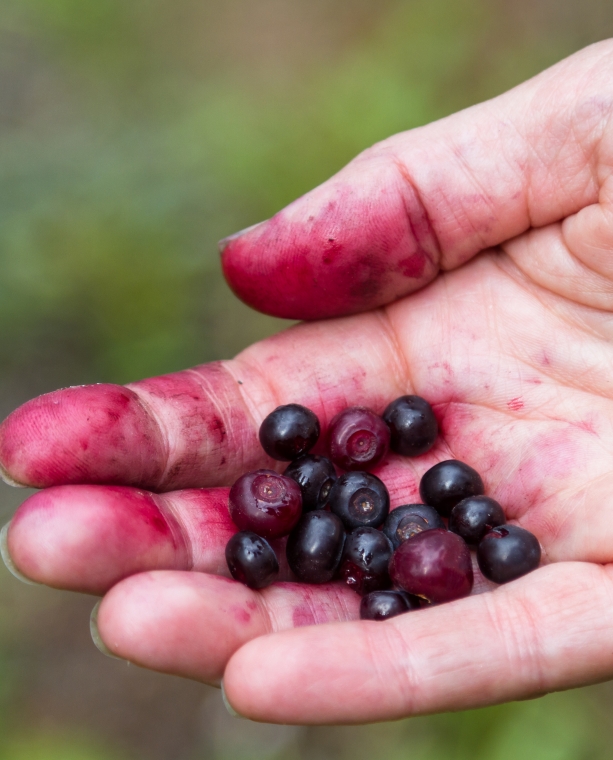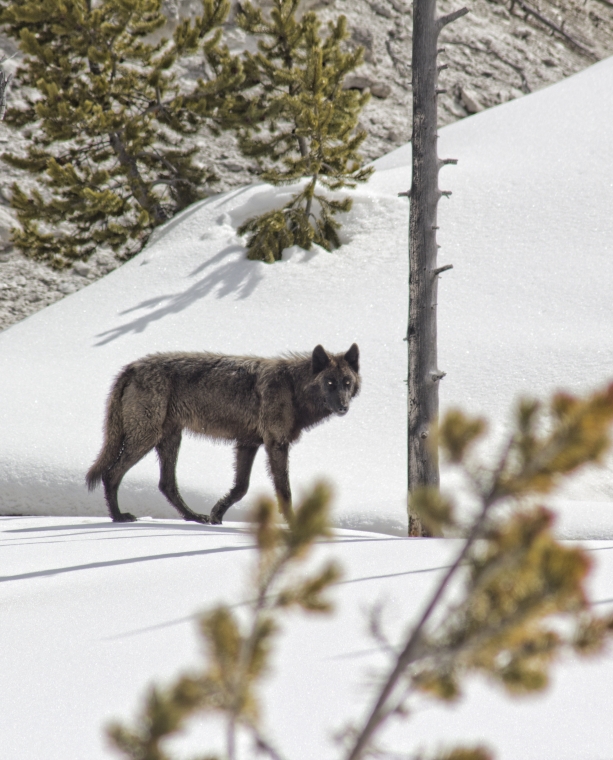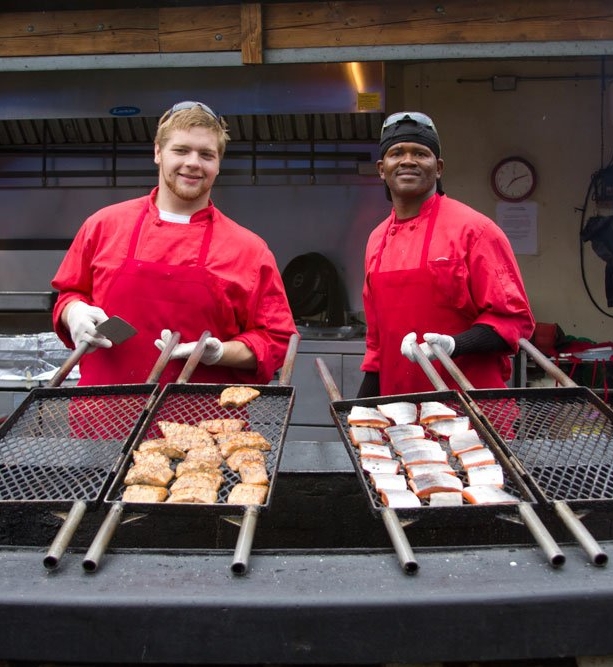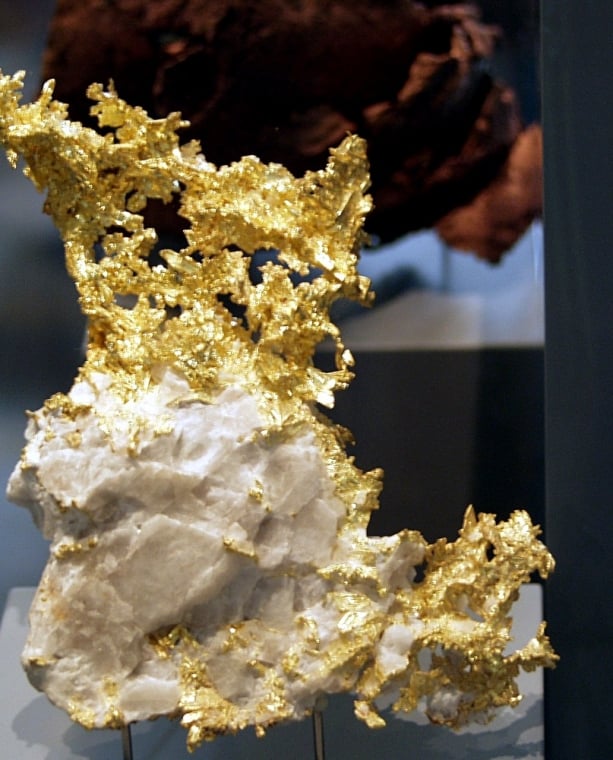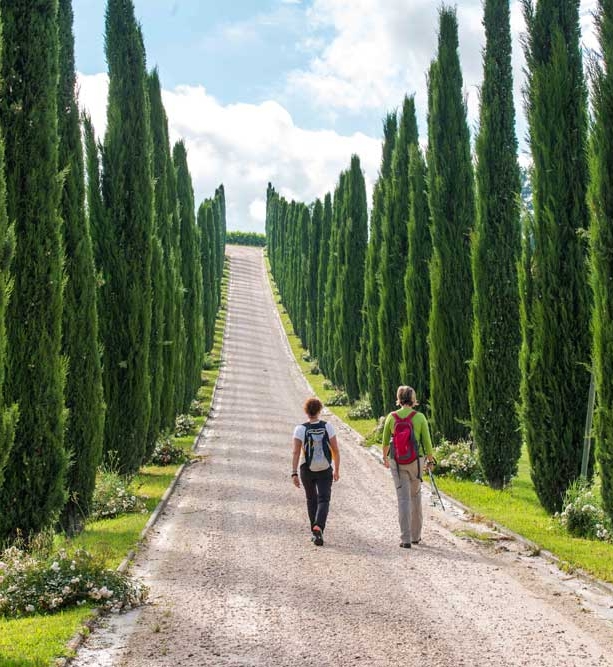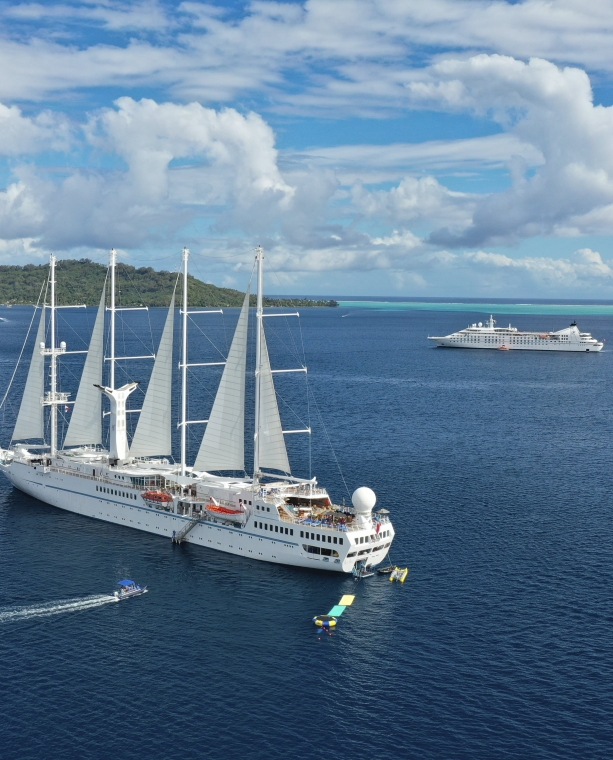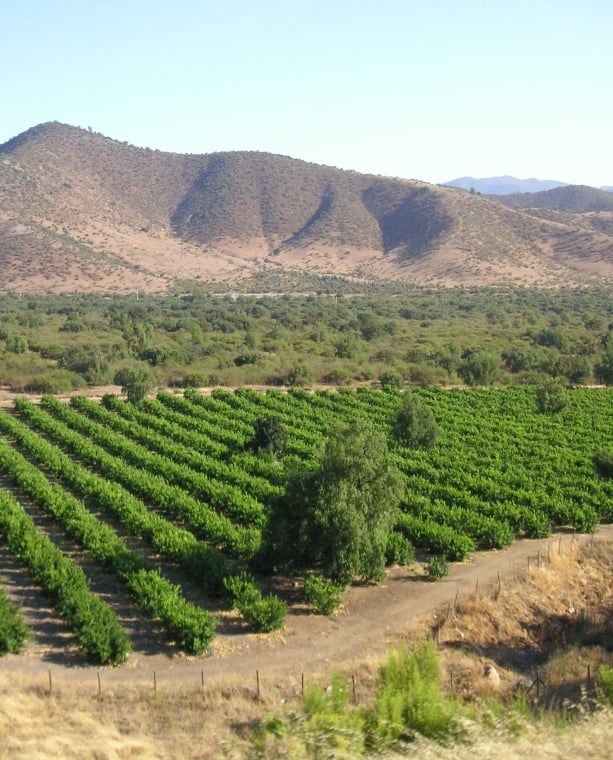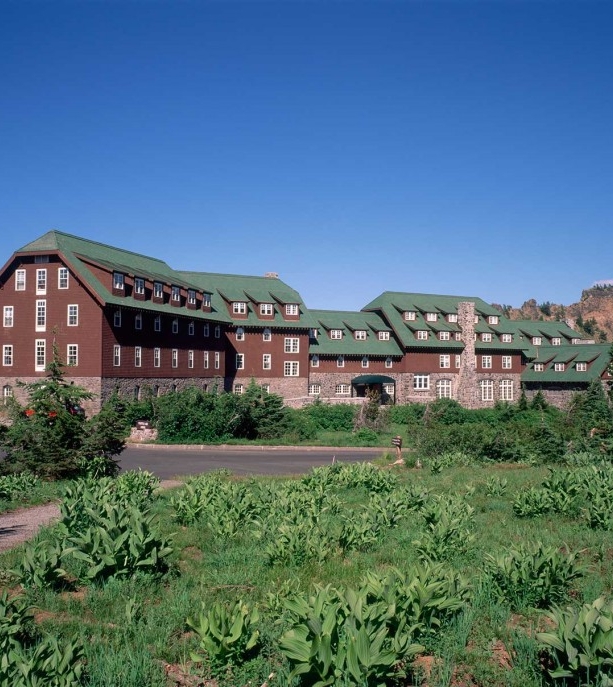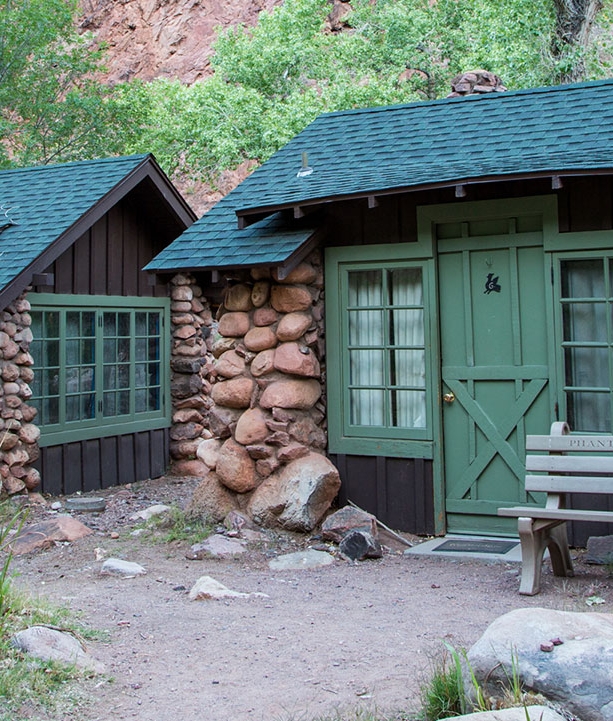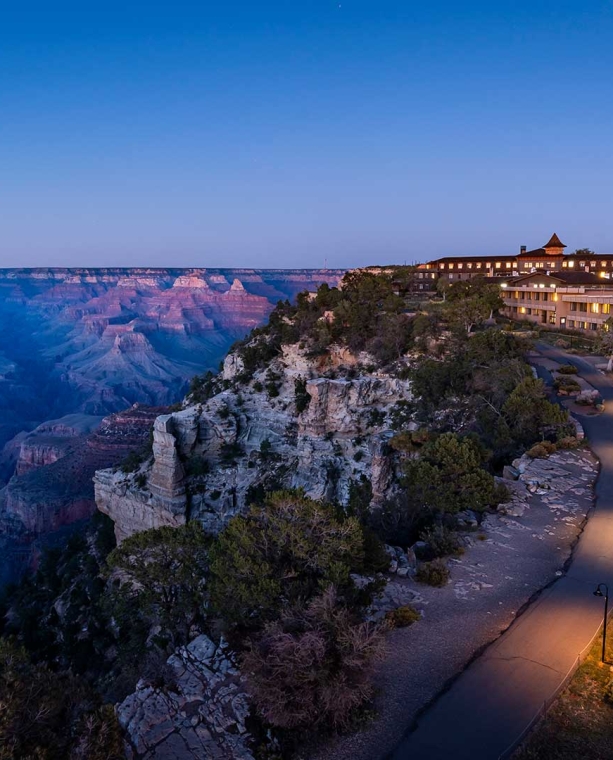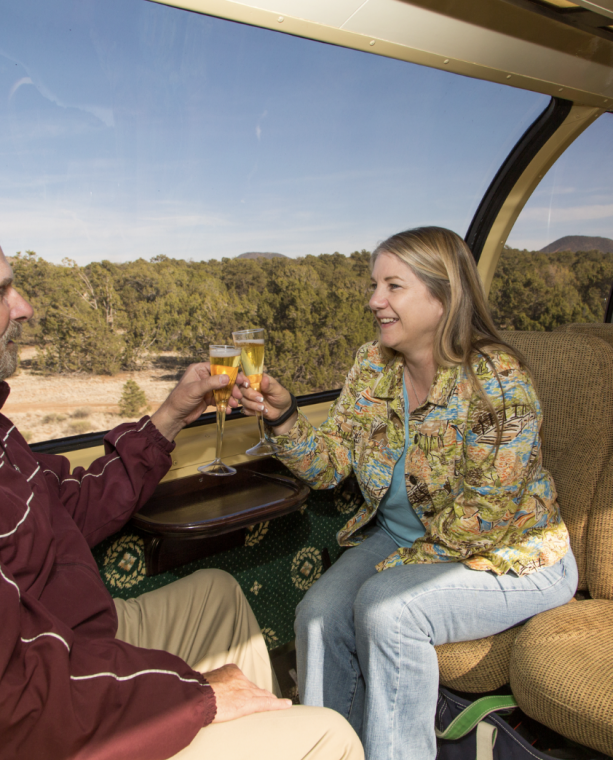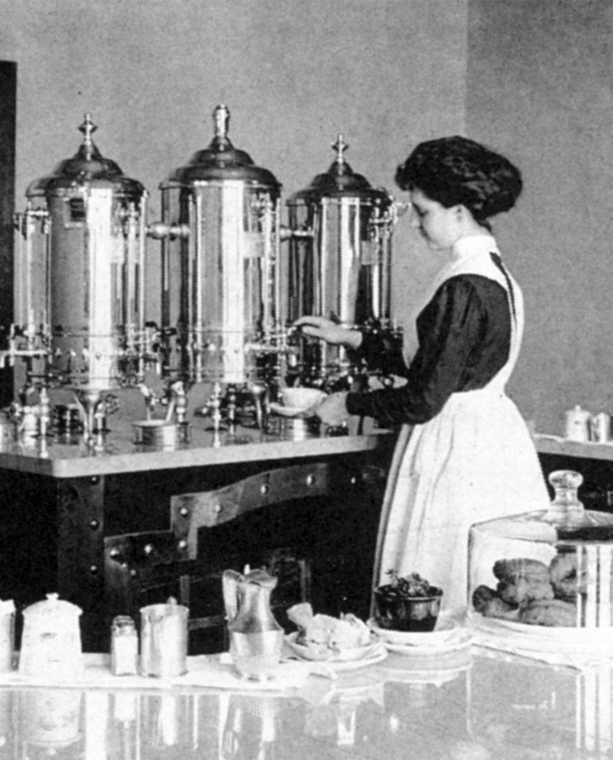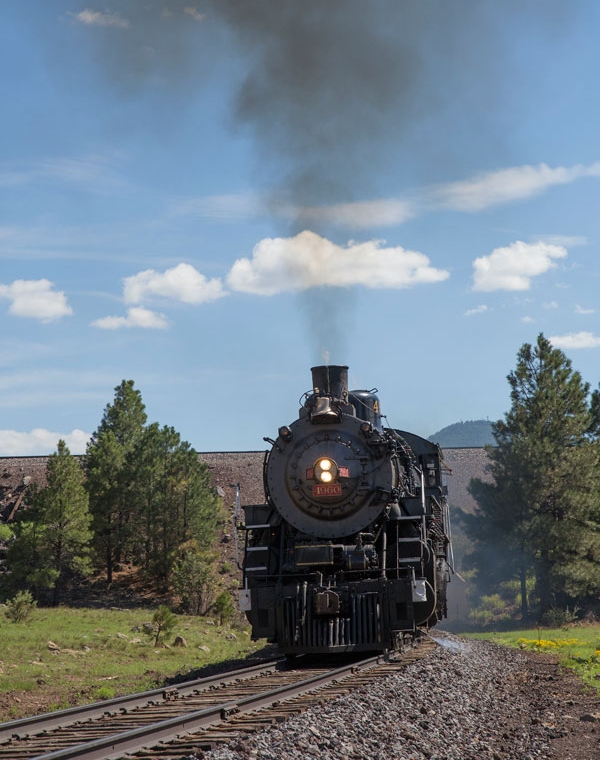“A Talented Visionary”
Our legacy of hospitality leadership spans more than a century, beginning with Fred Harvey, a talented visionary who saw the need for quality hotels and restaurants for weary travelers making their way West.
Working in concert with the Atchison, Topeka & Santa Fe Railway, English-born immigrant Fred Harvey opened the first of his highly successful Harvey Houses in 1876 in Topeka, Kansas. The travelers of that era typically traveled west from Chicago on hard wooden seats in overcrowded coaches. Most railroad food was poor or even inedible. Harvey devised an ingenious telegraph system to notify his restaurants well in advance of train arrivals, making it possible to feed hundreds of passengers in a short period of time. By offering good food served promptly—in sharp contrast to many other early Western eateries—Harvey enjoyed tremendous success. The famous “Harvey Girls”, carefully trained, well-groomed young women who were hired as waitresses, further increased customer traffic. Before long, Harvey was operating restaurants, hotels, gift shops and newsstands in increasing numbers along the railroad route.
Harvey also introduced travelers to the unique character and culture of the American Southwest as his rest houses became gathering places for visitors searching for mementos of Indian cultures. Fine Native American crafts became hallmarks of his shops, many of which also employed regional artisans to demonstrate their skills. Harvey established legendary relationships with Native American craftspeople, developing merchandise lines so authentic that museums including the Smithsonian have seen fit to include these products in their collections.
Noted architect Mary Jane Colter was hired to design buildings for The Fred Harvey Company that reflected their natural settings and utilized components found in Native American architecture of the time. These include the Bright Angel Lodge, Desert View Watchtower, Phantom Ranch, Hopi House, Hermit’s Rest and Lookout Studio at the Grand Canyon, as well as LaFonda in Santa Fe, New Mexico, and La Posada in Winslow, Arizona. “Harvey cars” with tour guides transported growing numbers of tourists to scenic attractions.
After Harvey’s death in 1901, his sons, Ford and Byron, continued to operate the now substantial family business. In the 1930s, The Fred Harvey Company adapted to the changing preferences of travelers, who opted for dining-car meals rather than those at station restaurants. When rail travel began to yield to the popularity of the automobile, the company shifted its focus, adding operations in other national parks, as well as other restaurants, hotels and tourist-related businesses nationwide.
In 1968, Xanterra acquired The Fred Harvey Company and began to apply the company’s expertise in the hospitality industry to its own chain of hotels and restaurants. Additional restaurants, hotels and retail shops were built or bought. With the acquisition of TW Recreational Services in 1995, Xanterra became the largest national and state park concessionaire in the United States.
To this day, Xanterra remains true to the legacy established by Fred Harvey, and continues to set the standard for lodging, restaurants and concessions that complement the natural beauty of our National Parks.
Learn More About Fred Harvey
Photographs and supplemental materials about The Fred Harvey Hotels
Heard Museum Online Exhibits


